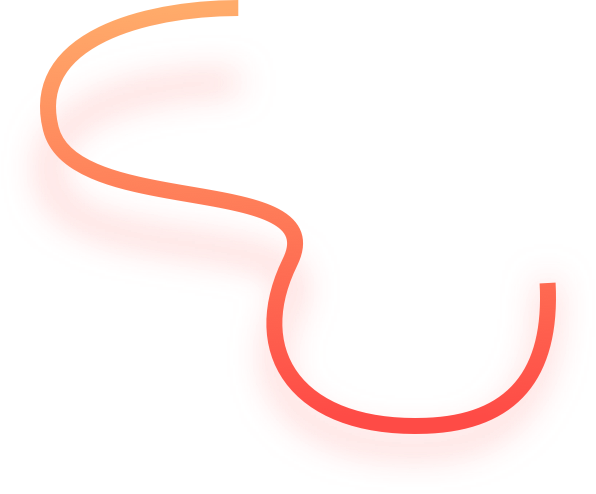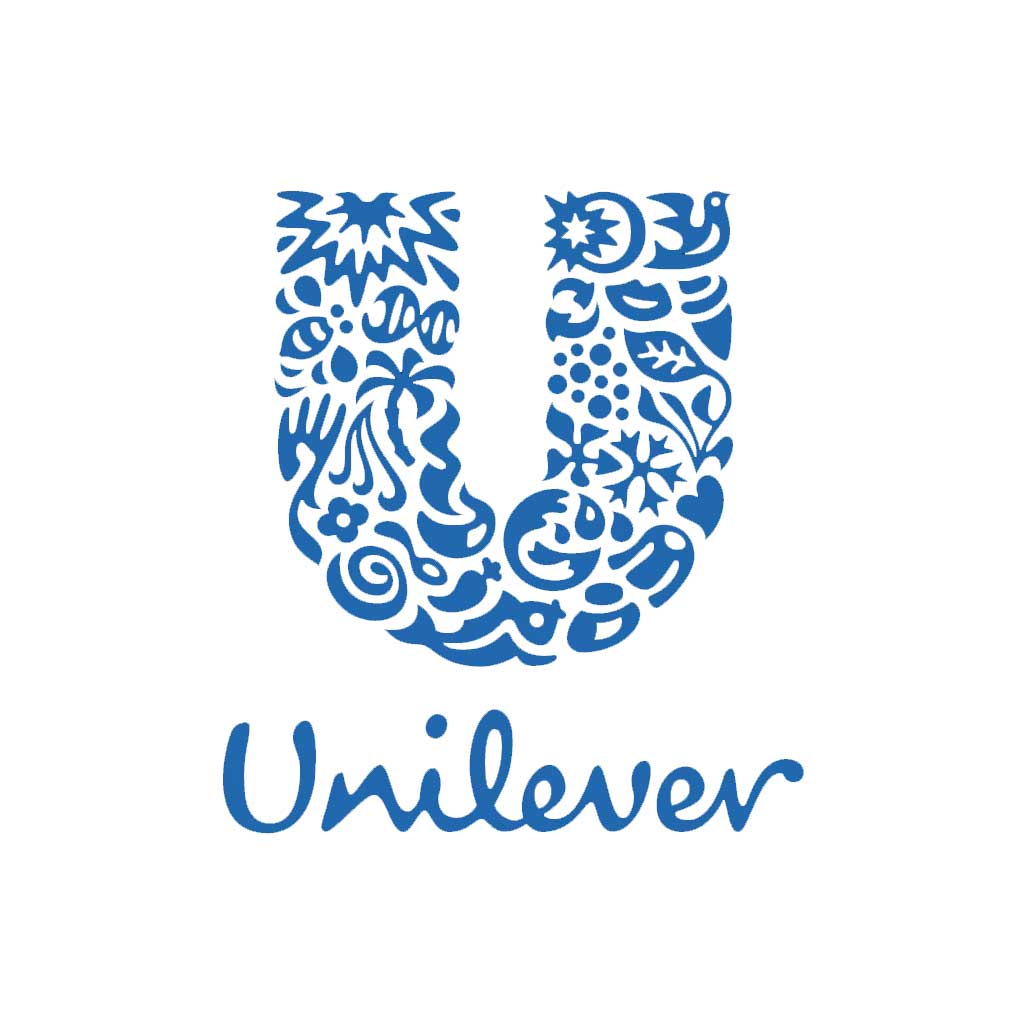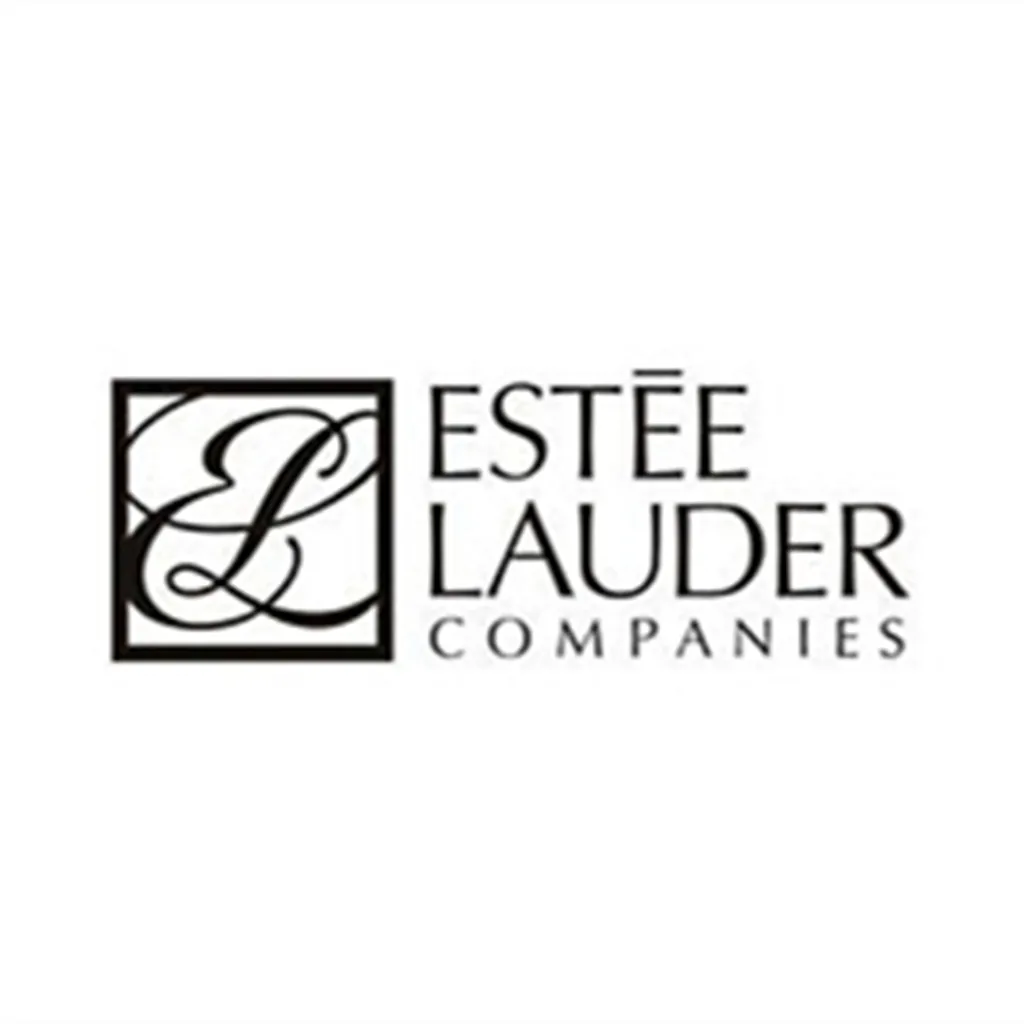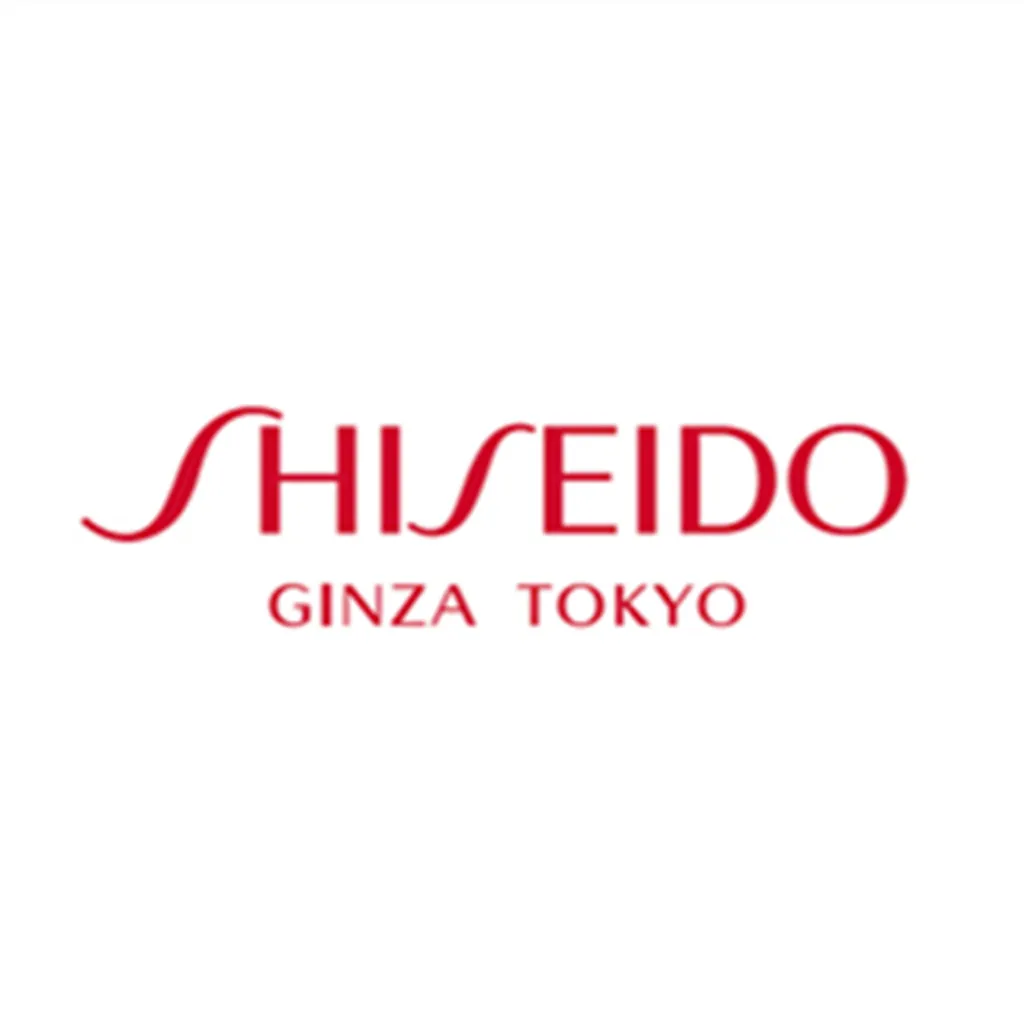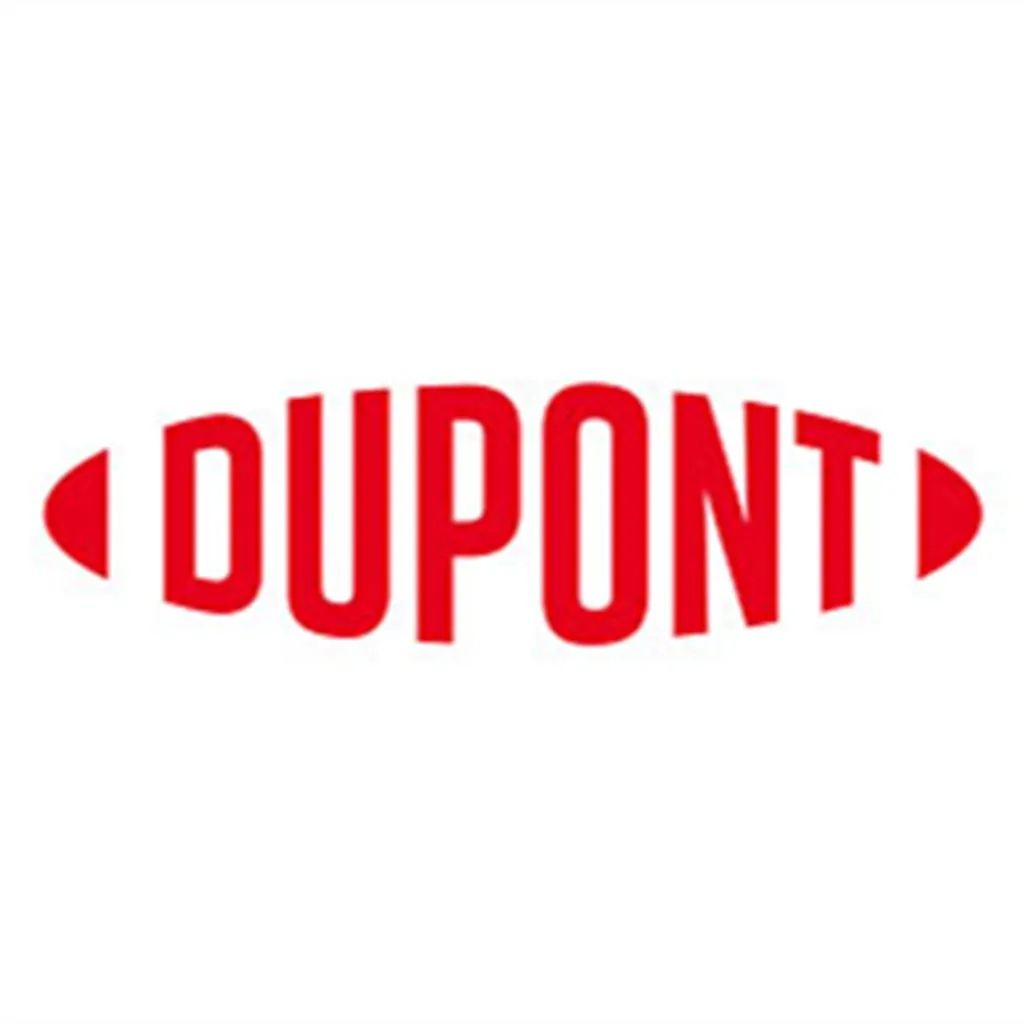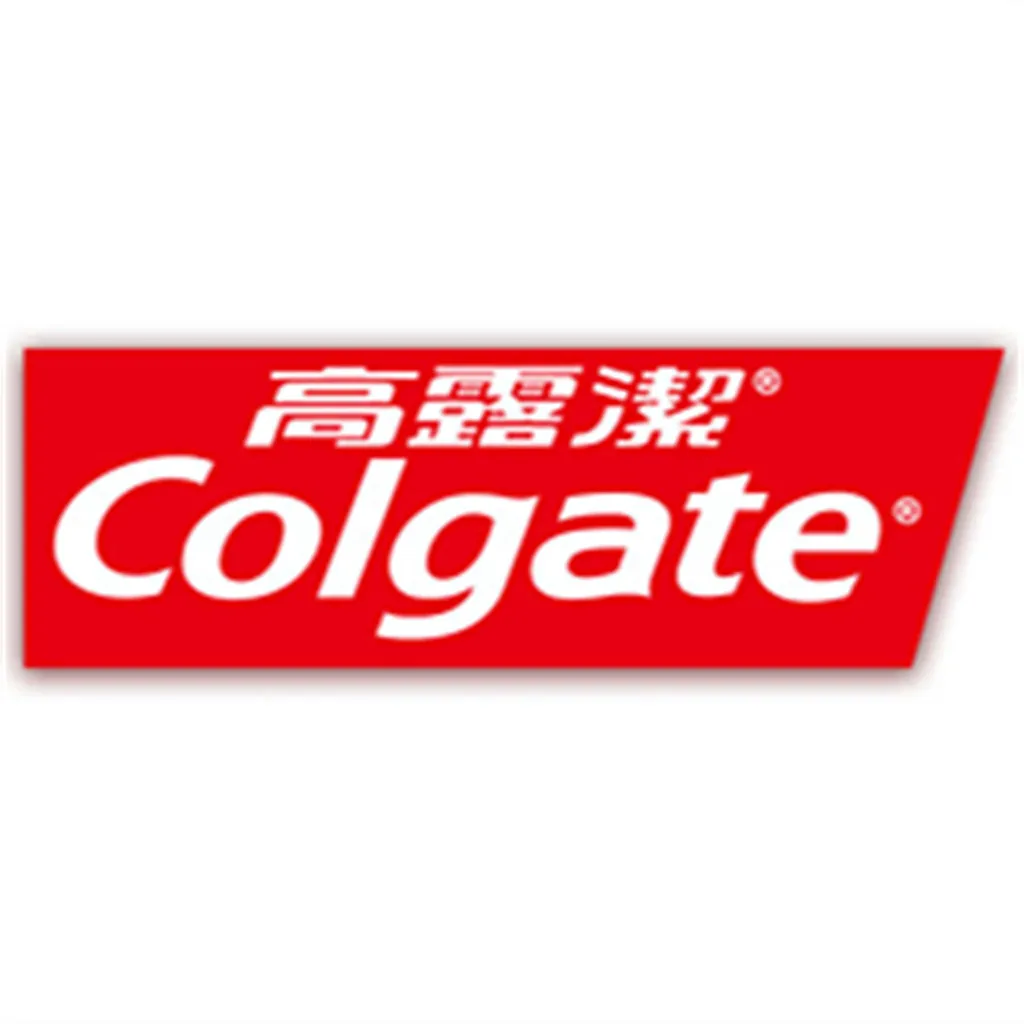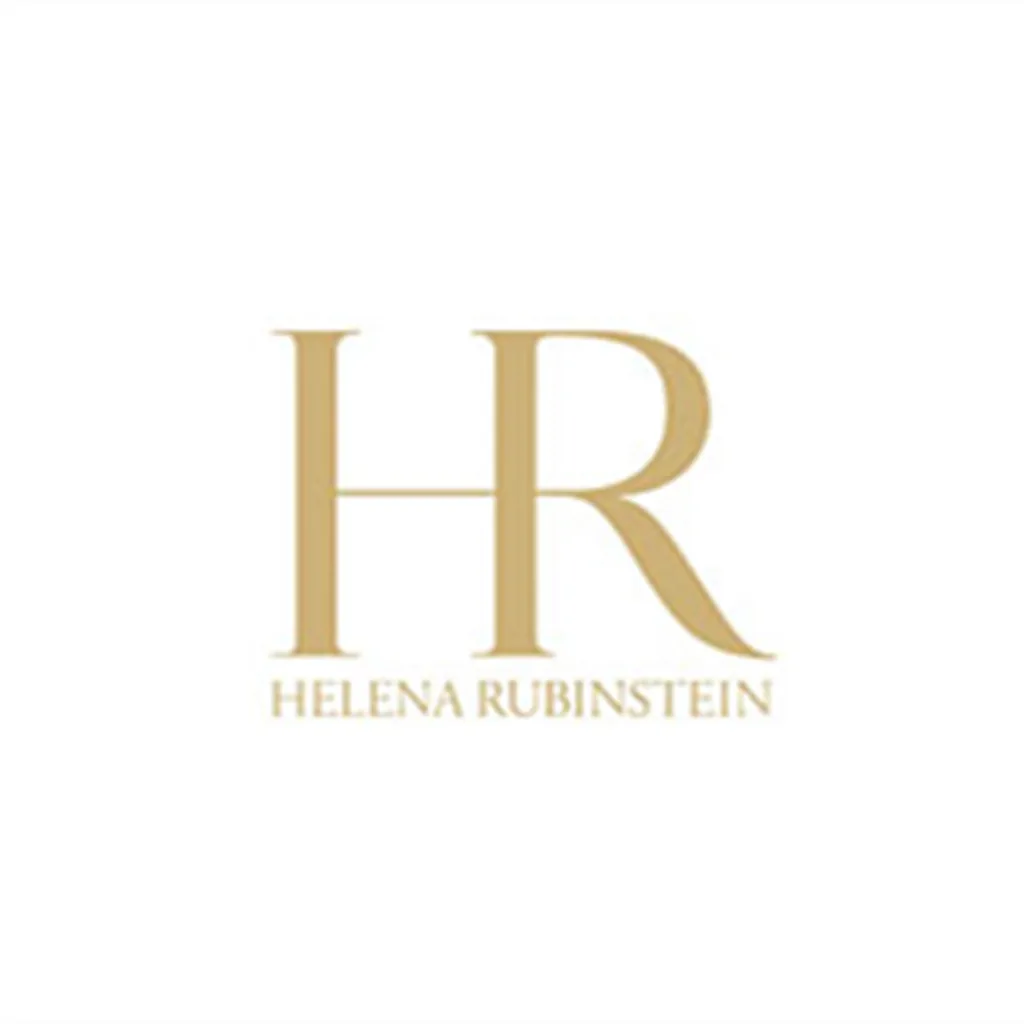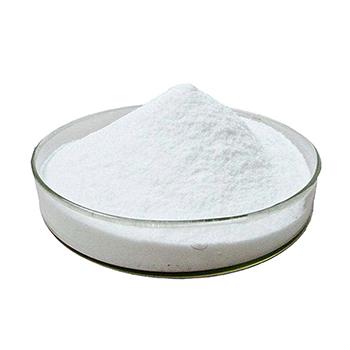
The product we are introducing is High Quality Boc-L-Lys(Z)-OH with the CAS number 2389-45-9. This product is known for its high quality and low price, making it an attractive option for various applications. Boc-L-Lys(Z)-OH is a protected amino acid derivative. The Boc (tert-butyloxycarbonyl) group is a common protecting group used in peptide synthesis to protect the amino group of the lysine residue. The Z (benzyloxycarbonyl) group is also a protecting group, often used to protect the side - chain amino group of lysine.
Its molecular formula is (C_{21}H_{24}N_{2}O_{6}), and the molecular weight is approximately 400.42 g/mol. The product is usually presented as a white to off - white crystalline powder. It has good solubility in common organic solvents such as dichloromethane, dimethylformamide (DMF), and dimethyl sulfoxide (DMSO).
Boc-L-Lys(Z)-OH is widely used in peptide synthesis. Peptide synthesis is a crucial process in the fields of biochemistry, pharmacology, and biotechnology. In drug discovery, peptides are being increasingly recognized as potential therapeutic agents due to their high selectivity and low toxicity. Boc-L-Lys(Z)-OH can be used as a building block to synthesize peptides containing lysine residues.
It can also be used in the study of protein structure and function. By incorporating Boc-L-Lys(Z)-OH into peptides, researchers can mimic the structure of proteins and study how proteins interact with other molecules. In addition, it can be used in the development of new materials. For example, peptides synthesized with Boc-L-Lys(Z)-OH can be used to prepare self - assembling materials with unique properties.
When using Boc-L-Lys(Z)-OH in peptide synthesis, the first step is to dissolve it in a suitable organic solvent. As mentioned before, solvents such as dichloromethane or DMF can be used. The concentration of the solution depends on the specific reaction conditions, but generally, a concentration of 0.1 - 0.5 M is commonly used.
Next, coupling reagents are added to activate the carboxylic acid group of Boc-L-Lys(Z)-OH so that it can react with the amino group of another amino acid or peptide fragment. Commonly used coupling reagents include N,N'-diisopropylcarbodiimide (DIC), 1 - ethyl - 3 - (3 - dimethylaminopropyl)carbodiimide (EDC), and N,N,N',N'-tetramethyl - O-(1H - benzotriazol - 1 - yl)uronium hexafluorophosphate (HBTU).
After the coupling reaction is complete, the protecting groups (Boc and Z) can be removed under appropriate conditions. The Boc group can be removed with trifluoroacetic acid (TFA), and the Z group can be removed by hydrogenolysis in the presence of a palladium catalyst.
Case 1: Drug Development
A pharmaceutical company was developing a new peptide - based anti - cancer drug. They used Boc-L-Lys(Z)-OH as one of the key building blocks in the synthesis of the target peptide. The peptide was designed to bind specifically to a receptor on cancer cells and inhibit their growth. By using Boc-L-Lys(Z)-OH, they were able to introduce a lysine residue with a protected side - chain amino group, which was crucial for the proper folding and function of the peptide. After several rounds of synthesis and purification, they obtained a peptide with high affinity and selectivity for the target receptor. In in vitro experiments, the peptide showed significant anti - cancer activity, and it is currently in pre - clinical trials.
Case 2: Protein Structure Study
A research group was studying the structure of a membrane protein. They synthesized a series of peptides using Boc-L-Lys(Z)-OH to mimic the extracellular domain of the protein. By varying the length and sequence of the peptides, they were able to study how the protein interacts with its ligands. The peptides were labeled with fluorescent probes, and the binding affinity and kinetics were measured using fluorescence spectroscopy. The results provided valuable insights into the structure and function of the membrane protein.
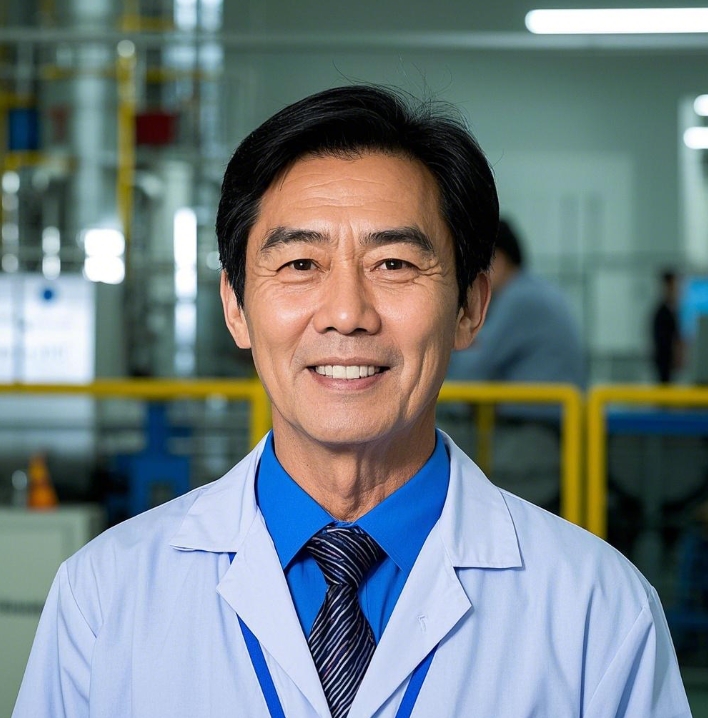
Este é o William, Diretor Executivo da Zhishang Chemical Co., Ltd.
Bem-vindo a visitar a nossa fábrica. Como o principal fabricante de produtos químicos, temos nos esforçado para a qualidade do produto, inovação, P & D e atendimento ao cliente nos últimos 7 anos. Nos próximos 10 anos ou mais, estamos empenhados em nos tornarmos o fornecedor de produtos químicos mais confiável do mundo, criando uma marca internacional bem conhecida e de confiança dos clientes, com o espírito de "um metro de largura, dez mil metros de profundidade", continuamos a nos concentrar na pesquisa e desenvolvimento de produtos, continuamos a nos concentrar no atendimento ao cliente, continuamos a melhorar o sistema de serviço da cadeia de suprimentos, para criar uma equipe profissional de serviços de fornecimento de produtos químicos, para alcançar uma cooperação de longo prazo ganha-ganha. Por favor, não hesite em contactar-nos se tiver alguma dúvida.

